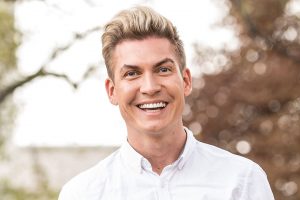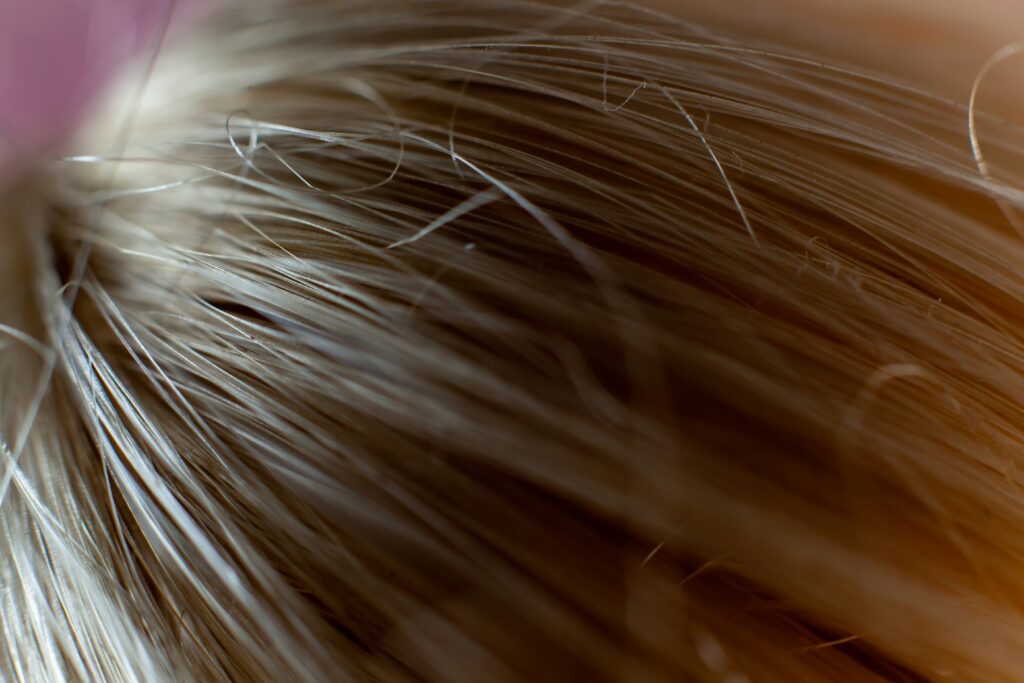
Articles
We list 10 things you didn't know about hair
There are a number of fun facts about hair that not everyone knows about. Below you’ll find an exciting list of interesting things you may have wondered about but never really had the answers to.
1. Is your hair really alive?
No. The hair is dead and lacks both nerves and blood supply. The living part is the hair follicle from which the hair grows.
The hair itself is made up of protein, water, minerals, pigments and fat-like substances called lipids. That’s why, for example, you can’t heal a split end of hair because you can’t make new cells to replace the ones that have been worn away.
Read more about hair structure
2. Why do we have hair?
The hair on your head mainly protects your scalp from the sun’s UV rays.
That’s why people in warmer countries usually have dense and curly hair while it’s more common among us northerners to have straight and thin hair.
3. How many hairs do we have on average?
A person normally has between 90,000 and 150,000 hairs on their head. A hair lives between two and eight years and grows about one centimetre a month.
Normally, we lose 100 hairs a day. Blond people have more hairs than dark-haired people, who have more than redheads.
4. Can everyone have long hair?
Actually, no. The length of the hair is determined by the lifespan of the hair follicle, which in turn is determined by DNA.
The growth phase itself usually lasts between two to six years and since this depends on genes, we all have our own limit to how long our hair can grow.
The growth of the hair itself is slightly faster in hot climates than colder ones.
5. What’s the deal with grey hairs?
Grey hair is caused by reduced pigment and when we get grey hair is based on genetics.
White hair, on the other hand, has no pigment at all. Ethnicity also plays a role, with light-skinned people usually turning grey earlier than dark-skinned people.
You also won’t get more grey hairs if you remove one. However, the grey hair can grow back if you do not remove the hair follicle.
6. Does hair colour stick equally well to everyone?
The answer is no. How hair colour adheres depends on the quality of the hair, its thickness and the treatments it has been subjected to in the past.
Untreated hair is the best place to start if you want your hair colour to last. The colour grows off, while a tint, for example, settles like a shell around the hair and is washed out.
How gentle a paint is is determined by the concentration of hydrogen peroxide.
7. How much do genes matter?
To a large extent – both in appearance and hair loss. If the hair follicle is straight, the hair that grows out will also be straight.
A curved hair follicle produces wavy hair while a spiral hair follicle produces curly and frizzy hair. There are generally 4 different groups of hair: straight, wavy, curly or afro.
8. What is the rarest hair colour?
It’s actually red hair. Around 1% of the world’s population has natural red hair, with the highest proportion coming from Scotland, where as many as 13% are born redheaded.
Natural blonde hair is not far behind. Only 2% of the world’s population is originally blonde.
9. Does hair continue to grow on a person who has died?
No, this is just a hoax and an illusion that concerns both hair and nails. What actually happens is that the skin shrinks due to dehydration when you die, so it looks like your hair and nails have grown, but that’s not the case.
10. What does the hair growth cycle look like?
Hair growth on the head is divided into three different phases, which together form a growth cycle. During the growth phase,hair is formed and grows.
During the transition phase, hair moves from growth to dormant growth. Last comes the resting phase where the hair remains in the root without growing and after a while it falls off and leaves room for new hairs where a new growth phase takes shape and the cycle begins again.






